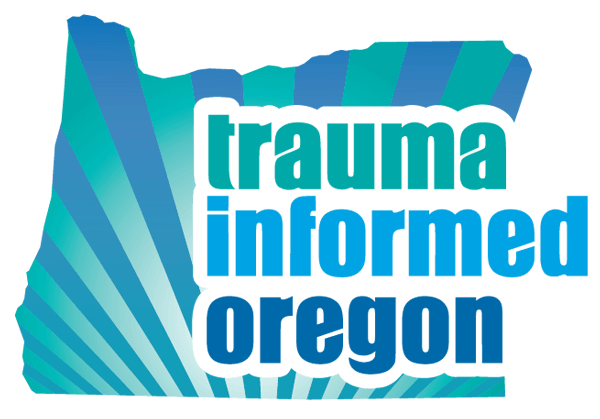Blog
 Non-Verbal Feedback: Listening to Silent Voices and Decoding Unspoken Narratives
Non-Verbal Feedback: Listening to Silent Voices and Decoding Unspoken Narratives

From Steffannie Roache, MS LPC, Professor of Practice, Trauma Informed Oregon, with Mandy Davis, LCSW, PhD, Director, Trauma Informed Oregon
Consider this scenario. A person either says or checks a box on a consent form saying, “Yes, I understand,” or “Yes, I’ll commit to attending [x-y-z]…” However, throughout the interaction, their presence seemed hesitant or even self-protective.
The role of feedback, especially the unspoken kind, is pivotal for trauma informed organizations. Whether navigating virtual settings or sharing physical space, non-verbal feedback can be key to creating safer environments where everyone’s personal journey is taken into consideration and a diversity of methods of communication is honored. This mode of communication offers avenues for expression that transcends words, and listens to the unspoken voices of survivors who are also consumers, employees, and community members.
Traditional surveys, polls, and direct requests for feedback should be standard for a trauma informed approach, and a regular, expected part of policies and procedures. Along with these measures, organizations, and more specifically, people with power within them, should make non-verbal feedback and active listening instruction a part of professional development. Why? Because there is an art and science to non-verbal feedback that needs nurturing and development, and most importantly, because every voice deserves resonance.
Five Considerations for Giving and Receiving Non-Verbal Feedback
1. Watch that non-verbal tone!
Facial expressions, body posture, gestures, movement, direct eye contact, head nods, and other physical signals provide a way for us to offer real-time feedback. Purposefully prepare to both actively listen and non-judgmentally gauge cues.
2. Let culture clue you in
Be open to and cognizant of the role culture plays—both your own and that of the individuals with whom you connect. Cultural humility can help inform your understanding of important non-verbal feedback being offered.
3. In the virtual realm
Whenever possible, view and attend to expressions. Use of emojis and gestures are not only helpful tools, but they are also active forms of feedback. Make use of the chat box and request/give real-time feedback with quotes, praise, and appreciation when appropriate.
4. Inclusion is key
Embrace a diversity of forms of inclusion such as gestures, facial expressions, and sensory cues that are respectful of a variety of abilities and divergence.
5. TIC and Non-verbals
We know that when we are activated – experiencing a threat or fear – we tend to tune out verbals and focus on non-verbals. For those who have experienced harm interpreting non-verbals can be hard because they were inconsistent. For example, being told you are loved by the same person who hurts you or being told to speak up only to be harmed for this. This is why authentic feedback is so important. We do not want to traumatize or re-traumatize the experience of hearing one thing and experiencing the opposite.
Give it a try:
What are your non-verbals? Do you have non-verbals that may be misinterpreted in your work spaces? Are you noticing non-verbals in those you work alongside?
Verbal feedback offers insight and voice, but non-verbal feedback inspires the question that might never have been asked.
